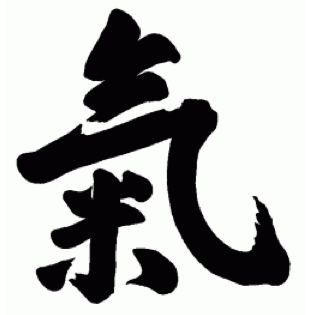Concussions
So I wasn't expecting the subject of the meeting to have any application in aikido. We don't ever meet force with force in our practice: there is no blocking, and even when we do kick or punch, there's no contact with the attacker, who gets out of the way before the attack lands. We heavily emphasize safe falls and control of our throws. When we fall properly, our heads do not touch the mat, even when we are thrown fast and hard.
As the meeting progressed, however, I found that there's a lot I didn't know about concussions, and aikido practitioners are enough at risk that it's worth educating ourselves.
Here are just a few things I found out:
- Most concussions do not involve loss of consciousness.
- Concussion can occur without hitting the head: a blow to the body (such as a fall) can cause the head to shake enough to cause concussion.
- Signs of concussion are not just blurry vision or sleepiness, nausea, but include irritability and changes in emotional behavior.
- Recovery from concussion can take as little as a week and involves not only physical rest but cognitive rest -no computer screens, no reading!
- The consequences of returning to physical activity before recovery is complete can be severe.
Just like other athletes, martial artists learn to "suck it up" when they feel pain, just shake it off and get back on the mat. In the case of concussion this is a bad idea. If a student has any signs of a concussion they should under no circumstances get back on the mat the same day.
Here are some of the risks of continuing to practice before a concussion has healed:
- Second Impact Syndrome is believed to occur when an athlete sustains a second blow to the head before they have recovered from the first. This can lead to respiratory failure, permanent brain damage and possibly death. The second impact does not have to be severe - even a minor blow can cause second impact syndrome. All reported cases have been of athletes under 20 years old.
- Over the age of 20, athletes have a greater possibility of lasting post-concussive symptoms if they continue to play before symptoms disappear.
- Chronic Traumatic Encephalopathy (CTE) is a brain disease found in athletes with a history of repetitive brain trauma. This degeneration in brain tissue can begin months, or even years after the end of one's athletic career. CTE can cause lasting symptoms such as memory loss, confusion, aggression, depression and eventually, dementia.
In the normal course of practice at Rutgers I have never seen anyone with any symptoms resembling a concussion. We do highly emphasize safety in our practice. However, sometimes students become over-enthusiastic in their practice. They may take an unexpected fall - faster than they expected, or fall badly, or they may be thrown hard by an over-zealous nage.
Kokikai Aikido is an excellent self-defense training method in which safety is balanced with the ability to train in a realistic manner. I believe that we should always be examining our practice to make sure that it is, now and in the future, safe. We also need to help our students and fellow martial artists to understand that concussions are not something they should just "shake off" and get back on the mat. Learn the symptoms and take concussions seriously. The term "self-defense" loses its meaning if students get injured while practicing.
Learn more about concussions here:
http://www.cdc.gov/concussion/




Comments
Post a Comment